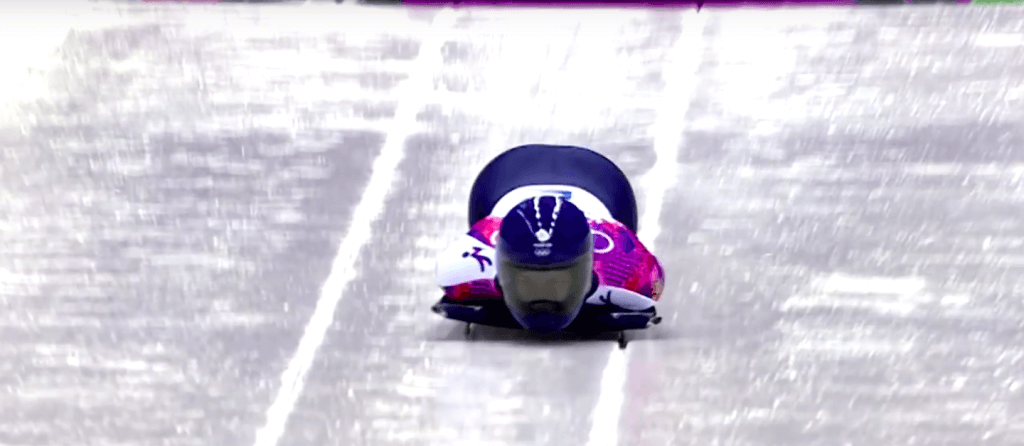Skeleton skinsuit engineers for Team GB used 3D scanning and printing to help the athletes get a slight advantage over their competitors at the 2018 Winter Olympics in Pyeongchang.
Skeleton is an Olympic Winter Sport which involves using a tiny sled to plummet yourself down an ice track headfirst. When reaching speeds of 140 kilometers an hour, athletes require skill but also the right equipment.
With just one body part out of place, athletes could go from gold to complete defeat. However, this didn’t happen for Elizabeth Yarnold and Dom Parsons, two members of Team GB athlete, who won gold and bronze.
In their case, these victories aren’t simply down to skill as they also received a slight advantage from high-tech skinsuits. These were created by engineers using 3D scanning and printing. Once you’re at the top, being marginally better than your competitors and having the right equipment makes a huge difference.
Rob Lewis, managing director at TotalSim, explains that improving equipment aerodynamics can help athletes find small yet easier gains. He explains: “The lead skeleton drivers, they’re all good drivers… With a lot of sports you quickly find that being a good sled driver or being a good bike rider is fine – but being ten percent better at that doesn’t make you much faster.”
However, using technology to streamline and test out your skinsuit before you even create it, certainly can. Check out Yarnold in this video:
Creating Virtual Wind Tunnels to Test 3D Models of Athletes
To begin creating more aerodynamic suits, researchers take an entire 3D scan of the athlete’s body while they’re on their sled. The scan can be as down to a resolution of half a millimeter or even less.
Using this data, the researchers create a 3D model of the athlete. The benefits of the 3D model are that researchers can use them for experiments, such as sending them through virtual wind tunnels over and over again.
With an individualized 3D model, the researchers are provided with useful information which enables them to choose the perfect textures and materials for an athlete’s skinsuit.
“You can control the airflow over different parts of the suits by having different materials. You need to make them bloody tight – make sure there are no wrinkles, nothing bunched up,” explains John Hart, a researcher at Sheffield Hallam University.
Of course, the technology can only help so much as the final skinsuit needs to be within the confines of the sport’s rules. But, Hart adds: “There’s nothing in the rules that dictate how you stitch it together, or it’s made of different materials.”
This year, Team GB’s skinsuits were objected to by other athletes. However, they were proven to have conformed to the rules and were good to go.
Of course, Hart points out that the aerodynamics only offer a slight aid to the athletes. On the day, it comes down to the athlete’s skill and support. Congratulations to Parsons and Yarnold!
Source: Wired
Website: LINK


Schreibe einen Kommentar
Du musst angemeldet sein, um einen Kommentar abzugeben.